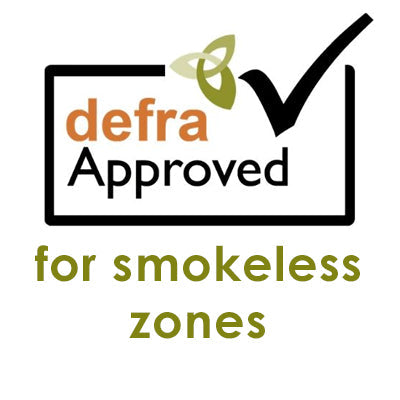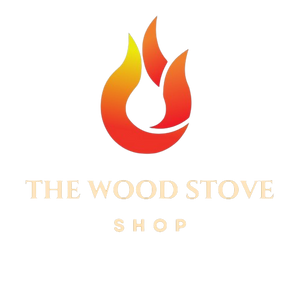Choosing the Right Stove for a Smokeless Area

If you live in a designated smokeless area, selecting the right stove is more important than ever. Smokeless zones exist to improve air quality by limiting smoke emissions, meaning traditional wood-burning stoves may not be allowed. While this may feel restrictive, there are plenty of modern stove options that provide warmth, comfort, and ambiance while staying fully compliant with local regulations. Understanding your choices is key to making a safe and effective decision.
The primary consideration in a smokeless area is the type of fuel. Traditional logs or coal can produce visible smoke and particulate matter, which is why they are often restricted. Instead, you need to use fuels that burn cleanly. Smokeless fuels, such as manufactured smokeless coal, anthracite, or approved compressed wood logs, are specifically designed for these zones. When used in a stove rated for smokeless fuels, they produce minimal smoke and harmful emissions while still generating significant heat.
If flexibility is important, a multi-fuel stove can be a smart choice. These stoves are engineered to burn a variety of fuels, including smokeless coal and approved wood logs. Multi-fuel stoves often feature airtight combustion systems that ensure a clean, efficient burn. This versatility makes them ideal for households that may want to switch between fuels depending on availability, cost, or personal preference. Always ensure that any multi-fuel stove you consider is certified for smokeless fuel use and compliant with local smokeless zone regulations.
For those who prefer the look, smell, and feel of burning wood, DEFRA-approved stoves are an excellent option (in the UK, DEFRA approval is required in smokeless zones). These stoves are tested and certified to burn wood in a way that minimises smoke and particulate emissions. Many modern DEFRA-approved stoves come with air-wash systems to keep the glass clean and maintain a clear view of the flames. They are also designed for high efficiency, meaning they provide more heat for less fuel and reduce overall emissions.
Another important consideration is the size and heating capacity of the stove. In smokeless areas, efficiency is key. Choosing a stove that is too large or too small for the room can reduce effectiveness and may even increase emissions. A properly sized stove will burn fuel efficiently, keep the room comfortably warm, and reduce the risk of overfiring, which can damage the stove or glass. For help choosing the right size stove, you can use our stove output calculator.
Finally, think about maintenance and installation. Even a stove approved for smokeless fuels needs to be installed correctly and maintained regularly. Clean chimneys and flues help prevent smoke buildup, while regular servicing ensures the stove continues to operate safely and efficiently.
Living in a smokeless area doesn’t mean sacrificing the comfort and ambiance of a stove. The key is choosing a stove approved for smokeless fuel, whether that’s a DEFRA-approved wood stove, a multi-fuel model, or a clean-burning coal stove. With the right stove, you can enjoy a warm, inviting fire while staying fully compliant with regulations, protecting your family, and helping the environment. With careful selection, proper installation, and regular maintenance, your smokeless stove can provide years of cosy, safe, and efficient heating.
